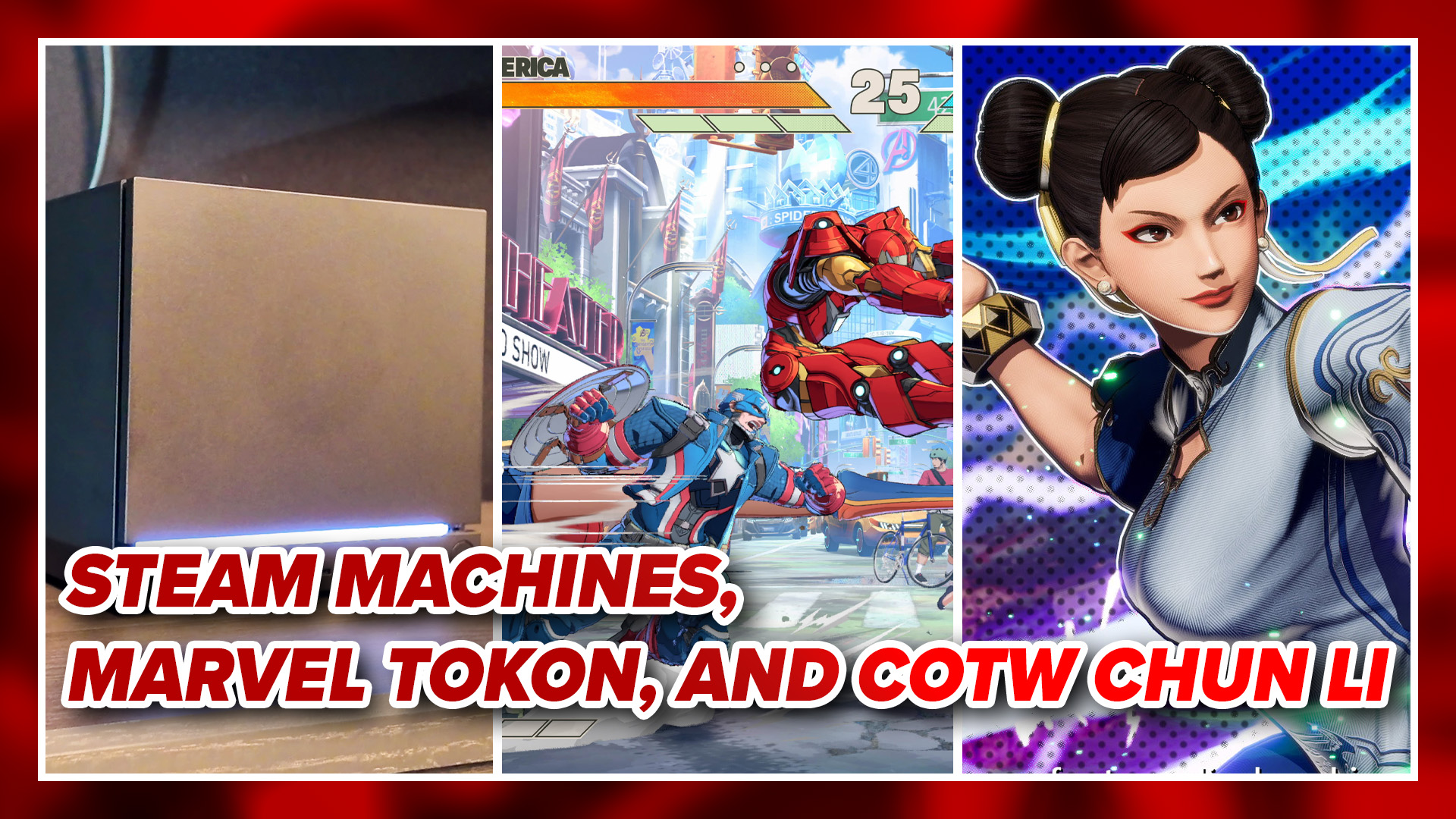
Carpe Fulgur has another release on the digital distribution channels that goes back to 2D platforming, rather than the 3D perspective from Chantelise. The game is a doujin-soft game from the Japanese developer Lizsoft and it is entitled Fortune Summoners: Secret of the Elemental Stone. It’s definitely a unique pick for Carpe Fulgur, as I was personally enchanted by Recettear and had a great time with Chantelise.
The plot of the game centers on Arche, a young girl whose family is moving to another city to open an item shop in the town of Tonkiness. To go along with moving, poor Arche has to transfer schools and make new friends. Being classically trained in swords by her father she finds, to her dismay, that her new school has a curriculum in magic arts instead, and to perform any spells she needs an elemental stone. Arche’s parents are terribly broke from moving to a new city and have no way to afford buying Arche an elemental stone. Not one for giving up, Arche gets wind of a rumor that there is an unclaimed stone in a cave and sets her mind to the goal. Thus begins the journey for Arche and her classmates to venture out and try to find her an elemental stone so she can finally participate in class.
The story is filled with interactions between Arche and almost all of the NPCs in the game. Of course, Carpe Fulgur’s top notch translation work is very apparent, as a lot of the dialogue feels natural and any cultural references are still intact. Any of the more Japanese culture-specific jokes and puns are edited to equally humorous jokes in English. The character voices, however, are still in Japanese. Things like the fanfare of a level up or hearing the characters exclaim their excitement in Japanese over a victory helps keeps the original feel of the game.

The game’s story is broken into about 11 chapters and each chapter has a meter to it that makes them feel like chapters of a book. The slightly annoying bit for me was that, after a few chapters in the full version, the game makes you save, return to the main menu, and resume your save game to have it proceed to the next chapter. The cut offs seems like something that would be present in the demo version of the game, but I would have expected that to not be a problem in the full version of the game.
Game play has a feel reminiscent of games such as Zelda II: The Adventure of Link because of the game using a 2D side-scrolling perspective. Towns are the main hubs for shopping, with Tonkiness being the central hub of the game. Because Arche’s father runs an item shop she can do side-quests for him, which typically involve finding unique items for him so that he can improve his inventory of available wares. As the game progresses and pushes the player to find other cities, there is better equipment to buy and use to match the state of the game.
Personally, I felt the distribution of cash was a little restrictive, so much so that it necessitated having to grind for money in caves and dungeons just to get enough money to properly gear up Arche and her companions. The grinding wasn’t too bad, but I felt it took away from the pacing of the game. Also, some of the platforming work and combat moves in the game were a bit shaky due to Arche (and her companions) having a bit too much momentum to them. I felt if this could be tuned down, it would have the game’s movement mechanics just perfect. Of course, such a change would have been up to Lizsoft since Carpe Fulgur is just publishing the game and translating it for an English speaking audience.

Later in the game Arche can have up to two additional companions; they can be directly controlled by the player switching characters or locked with a recommended command. The recommended commands are pretty basic with things like “Go all out” or “Don’t use MP unless absolutely essential,” but still do a good job. There is also a combo meter in the combat portion of Fortune Summoners that rewards the player with bonus multipliers for chains of five hits or more.
In addition, there are Hero Crests located throughout the game that increase the player’s level cap and wallet capacity. Even though some of these are tucked away in dungeons and can be missed in rare cases, the Hero Crests are absolutely vital for game progression in some cases. Thankfully, they are located in places that are close to vital story progression points. Also, the design of Fortune Summoners is very much like an old fashioned Japanese action RPG and it may require some perseverance in some portions of the game when it comes to quest progression. Things like talking to almost every NPC, hitting random switches, etc., are sometimes the actions needed to progress forward, which may frustrate some casual players.
Overall, Fortune Summoners left a great impression on me. The game is charming, with good dialogue, music themes that match the mood of the story, and intense action-filled combat. There are some minor flaws here and there, but I feel they are minor at best. Due to the game being more old-fashioned in feel and requiring a bit of work, I’m a bit hesitant to recommend Fortune Summoners to gamers with little patience and who haves issue without using walkthrough guides. Fortune Summoners is available now on Steam and Gamer’s Gate for $19.99, with both marketplaces having a downloadable demo available.
[nggallery id=1448]




